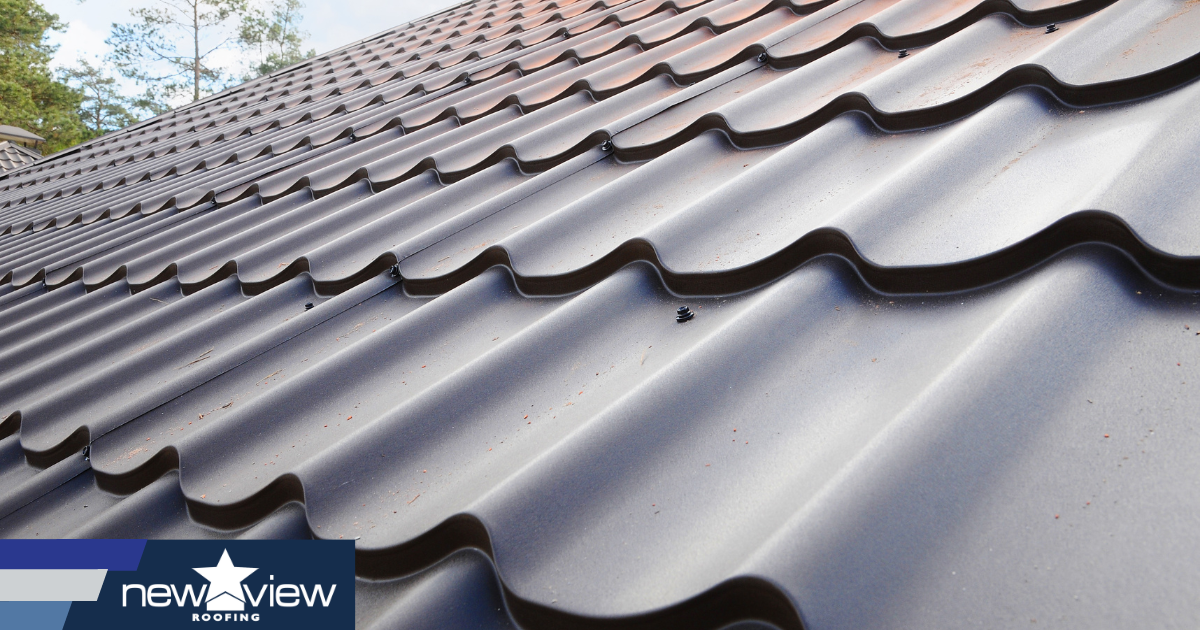Neighborhood Insights on Roofing Companies Gainesville Florida Homeowners Prefer
Neighborhood Insights on Roofing Companies Gainesville Florida Homeowners Prefer
Blog Article
Ideal Practices for Ensuring Appropriate Roofing Ventilation
Ensuring correct roofing air flow is crucial for the long life and efficiency of a roof covering system. A balanced intake and exhaust air vent ratio, typically 1:300, plays a crucial function, with consumption vents ideally put at the reduced edge of the roofing for cool air access and exhaust vents at the peak for warm air leave. Routine inspections to recognize clogs and keep clear air movement are vital. Maintaining insulation away from vents is crucial to avoid airflow restriction. Comprehending these foundational aspects establishes the phase for even more thorough understandings right into setup and upkeep practices that can significantly boost your roofing system's performance.
Understand Ventilation Basics
Correctly comprehending air flow fundamentals is vital for guaranteeing the longevity and efficiency of roof covering systems. Reliable ventilation reduces moisture build-up and temperature extremes in the attic, both of which can bring about significant structural damage over time. A well-ventilated roofing system assists in protecting against common issues such as mold and mildew growth, wood rot, and ice dams, which can compromise the integrity of the roofing products and the underlying structures.
The main goal of air flow is to assist in the motion of air, enabling a regular exchange in between the outside and indoor atmospheres. This equilibrium is attained with a mix of intake and exhaust vents that collaborate to keep optimal airflow. Intake vents, typically located along the soffits or eaves, enable fresh air to go into the attic room, while exhaust vents, usually situated at or near the roofing system ridge, make it possible for warm, humid air to escape.
Trick aspects influencing the performance of roof covering ventilation consist of proper placement, sufficient sizing, and making sure that both consumption and exhaust vents are unblocked. Regular evaluation and maintenance are essential to recognize prospective clogs, damages, or ineffectiveness in the air flow system, consequently protecting the roofing system's efficiency and durability.
Sorts Of Roofing Vents
Roofing system vents play a crucial function in preserving effective attic room ventilation and, by extension, the general wellness of the roofing system. Numerous kinds of roof vents are readily available, each with one-of-a-kind benefits customized to specific roof covering demands.

Soffit vents are set up under the eaves and operate in tandem with roofing vents to make certain a well balanced consumption and exhaust system. By allowing cooler air to go into from below, soffit vents promote the expulsion of warm air via top vents. Gable vents, located on the outside walls of the attic room, offer an additional efficient option, especially in homes with gable roofing systems.
Evaluate Your Present Air Flow

Next, think about the age and condition of your roof covering materials and ventilation parts. Older systems might not adhere to current building ordinance or may have weakened in time, reducing their efficiency. Conduct an extensive examination to determine any type of signs of damage, such as rust, damage, or voids that might jeopardize the system's efficiency.
Furthermore, determine the attic temperature and moisture degrees. High temperatures and moisture can show inadequate ventilation.
Installment Best Practices
Effective installation of roofing air flow systems is critical for making certain optimal performance and long life. Correct installment starts with comprehending the specific ventilation requirements of the structure and the roof it covers. This includes computing the appropriate ratio of intake to exhaust vents, commonly adhering to the 1:300 regulation, which stipulates one square foot of air flow for each 300 square feet of attic room floor space.

The placement of vents is just as essential. Consumption vents should be mounted at the roofing system's lower edge, typically in the soffits, to permit great air to get in. Exhaust vents, on the various other hand, need to be installed near or at the roofing system's top to promote the exit of cozy, damp air. This creates an all-natural air flow that helps keep temperature and wetness balance within the attic room area.
Seal all air vent connections carefully to avoid air leaks and prospective water seepage. Usage top quality materials and follow maker standards to make sure resilience and efficiency. Furthermore, incorporating ridge vents with baffles can considerably my review here boost air movement efficiency by preventing wind-driven rain and snow from going into the attic.
Eventually, precise installment of roof covering air flow systems mitigates prospective concerns such as mold and mildew growth, ice dams, and structural damage, ensuring the roofing system's integrity and the building's total wellness.
Normal Upkeep Tips
Consistency in upkeep methods is essential to guaranteeing the lasting performance of roofing air flow systems. Throughout these assessments, make sure that vents are totally free of debris, nests, and other blockages that could restrain airflow.
Cleaning the vents is one more vital task. Use a soft brush or a vacuum to remove dirt and debris from consumption and exhaust vents. Be mindful not to harm the vent displays or louvers during the process. Furthermore, evaluate the attic area for any kind of indicators of water damages, which might endanger the stability of the roof covering system.
Appropriate insulation is just as essential. Make certain that attic room insulation does not block the vents, as this can drastically limit airflow. Rearrange or replace it to keep an effective barrier. if any insulation has shifted or resolved.
Finally, change any damaged or missing out on parts quickly. Damaged vents, broken tiles, or deteriorated flashing can all contribute to inadequate ventilation and ought to be attended to right away. Normal maintenance guarantees that the roof covering ventilation system operates ideally, consequently extending the life expectancy of the roofing system itself.
Verdict
Ensuring correct roofing air flow is vital for preserving the efficiency and resilience of a roof. Adherence to the 1:300 consumption and exhaust vent proportion, combined with the strategic placement of vents, is essential. Routine semiannual assessments, particles cleansing, and ensuring insulation does not obstruct air movement are important practices. Applying these finest techniques will certainly promote a well-ventilated roof, thereby mitigating possible concerns associated with moisture accumulation and extreme heat, eventually lengthening original site the roof's lifespan.
A balanced intake and exhaust vent ratio, commonly 1:300, plays a critical role, with consumption vents preferably placed at the lower edge of the roofing system for great air entrance and exhaust vents at the top for cozy air leave. Intake vents, usually located along the eaves or soffits, allow fresh air to enter the attic room room, while exhaust vents, commonly situated at or near the roof ridge, enable hot, moist air to escape.
Soffit vents are mounted under the eaves and work in tandem with roofing vents to make certain a balanced intake and exhaust system. By permitting cooler air to enter from below, soffit vents help with the expulsion of hot air through upper vents. Adherence to the 1:300 consumption and exhaust air vent proportion, paired with the strategic positioning of vents, is crucial.
Report this page